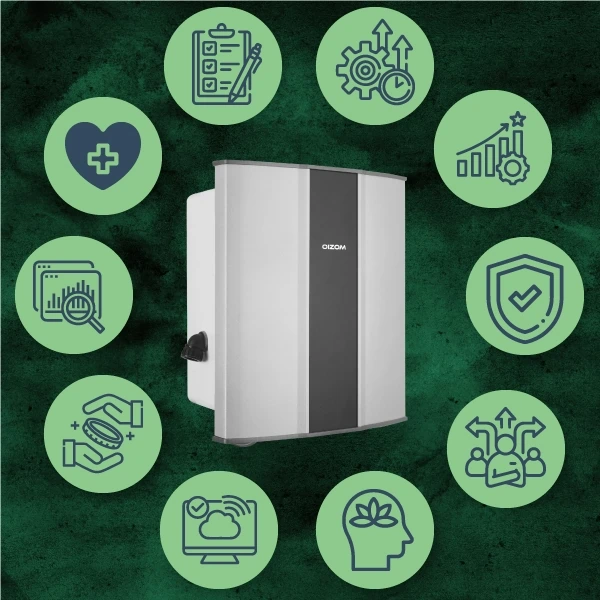Key Takeaway Points
- Aizawl and Gangtok lead India in clean air: Both cities recorded the lowest PM2.5 levels at 13.8 µg/m³, making them the cleanest urban areas in the country.
- Karnataka dominates the list: 6 out of the 10 least polluted cities are from Karnataka, showing the state’s overall better air quality in smaller towns.
- PM2.5 levels in all listed cities fall under the ‘Good’ range: Cities like Raichur, Koppal, Madikeri, and Thiruvananthapuram maintain safe air suitable for daily outdoor activities.
- None meet WHO’s ideal standard: While the listed cities have better air than metros, none meet the WHO guideline of 5 µg/m³, meaning there’s still room for improvement.
- Geography plays a major role: Hill towns and coastal cities benefit from natural ventilation and lower population density, helping keep pollution levels low.
- Limited industrial activity is a common factor: Most of these cities have minimal industrial presence and low vehicular emissions, contributing to cleaner air.
- Daily air quality can change: The data reflects a snapshot from June 5, 2025. PM2.5 levels can vary due to weather, traffic, and other conditions.
- Clean air improves health and lifestyle: Living in these cities is like smoking 0 cigarettes a day, reducing health risks associated with air pollution.
- Data from CPCB and smart air filters: The rankings are based on real-time air quality data, giving a reliable view of pollution levels on the recorded day.
- Accurate monitoring is essential: Using advanced systems like Oizom’s environmental monitoring devices ensures accurate, real-time pollution tracking for better decisions.
Top 10 Least Polluted Cities in India: Find Out Where the Air is Fresh.
When we think about air pollution in India, densely populated cities like Delhi and Mumbai often come to mind. In the previous article, I discussed the top 10 most polluted cities in the world in 2025. But what if I told you there’s a hidden gem in India that’s leading the way in clean air? Are you trying to find the cleanest city in India to escape the air pollution? So, Today, I came up with the least polluted city in India. In a nation where industrialization and rapid urbanization have frequently caused environmental issues, some areas stand out for their dedication to maintaining clean, fresh air. India, a country renowned for its varied landscapes and cultural traditions, is also home to cities with extremely low air pollution.
Imagine waking up to the chirping of birds, enjoying outdoor activities without the constant worry of air quality, and feeling rejuvenated by the clean atmosphere around you. In this blog, we’ll take a closer look at the least air-polluted cities in India. Scroll down for more information regarding the pollution-free Indian cities.
Picture yourself in a city where the air is crisp, the sky is clear, and every breath feels refreshing. While much of India battles air pollution, there are still places where you can experience this kind of clean air. Wondering where they are? Let’s explore the top 10 least polluted cities in India and uncover what makes them special
Top 10 least polluted cities in India
Are you looking to find India’s cleanest cities with the best air quality? These locations are establishing standards for sustainable living. Continue reading to find out more!
| Rank | City | State | PM2.5 µg/m³ |
|---|---|---|---|
| 1 | Aizawl | Mizoram | 13.8 |
| 2 | Gangtok | Sikkim | 13.8 |
| 3 | Raichur | Karnataka | 13.9 |
| 4 | Koppal | Karnataka | 16.3 |
| 5 | Gadaj | Karnataka | 17 |
| 6 | Thiruvananthapuram | Kerala | 17.2 |
| 7 | Madikeri | Karnataka | 18 |
| 8 | Vijayapura | Karnataka | 18 |
| 9 | Satna | MP | 18.4 |
| 10 | Chamarajanagar | Karnataka | 18.6 |
Pollution Levels Vary Daily → Think of air quality like the stock market, constantly changing based on environmental and human factors. This is why real-time monitoring is crucial for making informed decisions about outdoor activities and health.
1.Aizawl, Mizoram
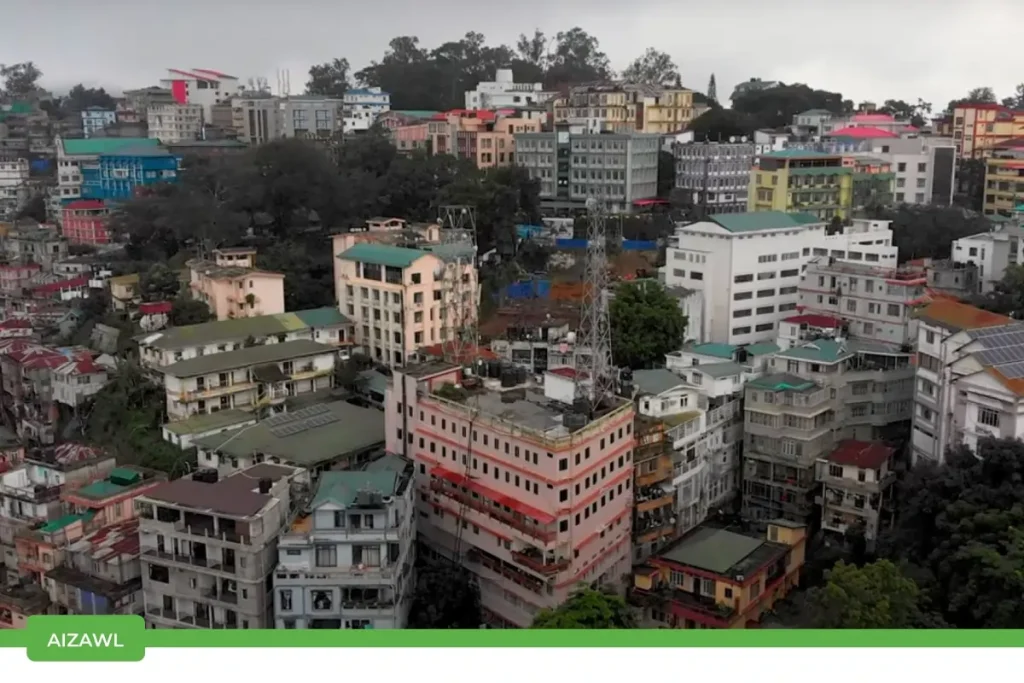
- Aizawl, the capital of Mizoram, is known for its beautiful hills, calm lifestyle, and clean air. Located over 1,100 meters above sea level, the city offers fresh mountain air and stunning views.
- Recent data shows Aizawl has a PM2.5 level of just 13.8 µg/m³, making it one of the cleanest cities in India. This level is considered ‘Good’ and is safe for outdoor activities like walking, hiking, and cycling.
- The main reasons behind Aizawl’s clean air are its thick greenery, fewer factories, and less traffic. The city’s location and natural airflow help keep pollution low.
- PM2.5 is a tiny pollutant that can harm our health if levels are high. But Aizawl’s low PM2.5 means the air is safe to breathe for both locals and visitors.
- “India Has Cities with Clean Air” → Living in Aizawl is like smoking 0 cigarettes a day. While many cities struggle with pollution, Aizawl shows that clean air is possible with the right mix of nature and mindful development.
2.Gangtok, Sikkim
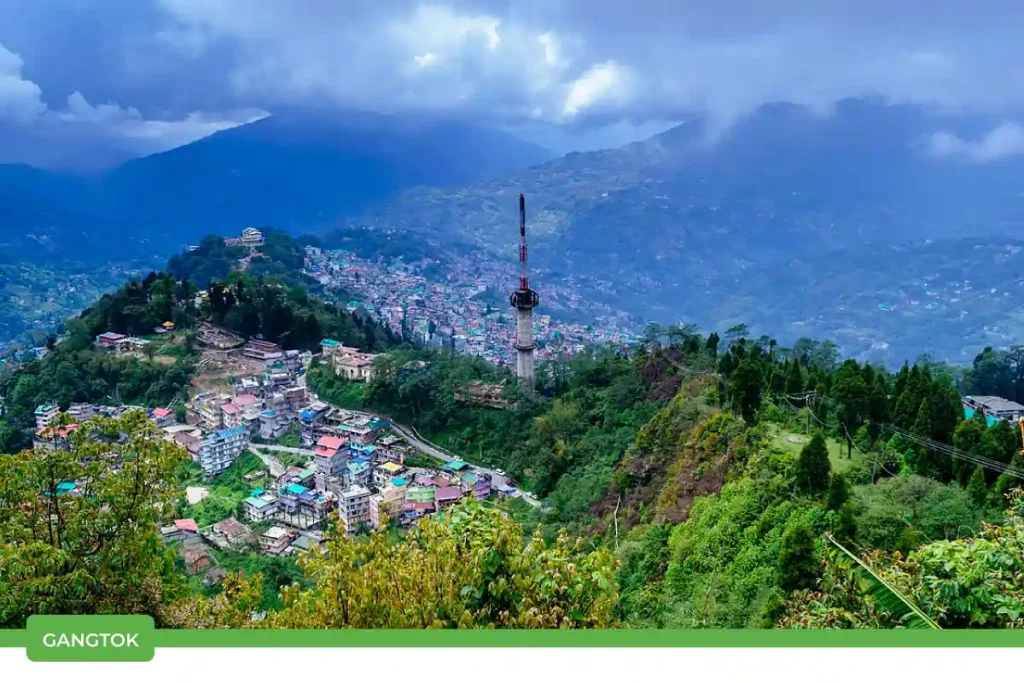
- Gangtok, the capital of Sikkim, is known for its scenic views, clean streets, and calm atmosphere. Nestled in the Himalayas, the city offers fresh air, peaceful surroundings, and a high quality of life.
- Recent data shows that Gangtok’s PM2.5 level is just 13.8 µg/m³, placing it among the least polluted cities in India. That means the air here is considered ‘Good’ and safe for everyone to breathe.
- Thanks to the city’s natural elevation, thick green cover, and low industrial activity, pollution stays minimal. Clean air in Gangtok makes outdoor activities like walking, sightseeing, or simply enjoying nature more enjoyable.
- “India Has Cities with Clean Air” → Breathing Gangtok’s air is like smoking 0 cigarettes a day. While other cities face pollution challenges, Gangtok shows how nature and mindful development can create a healthier living space.
3.Raichur, Karnataka
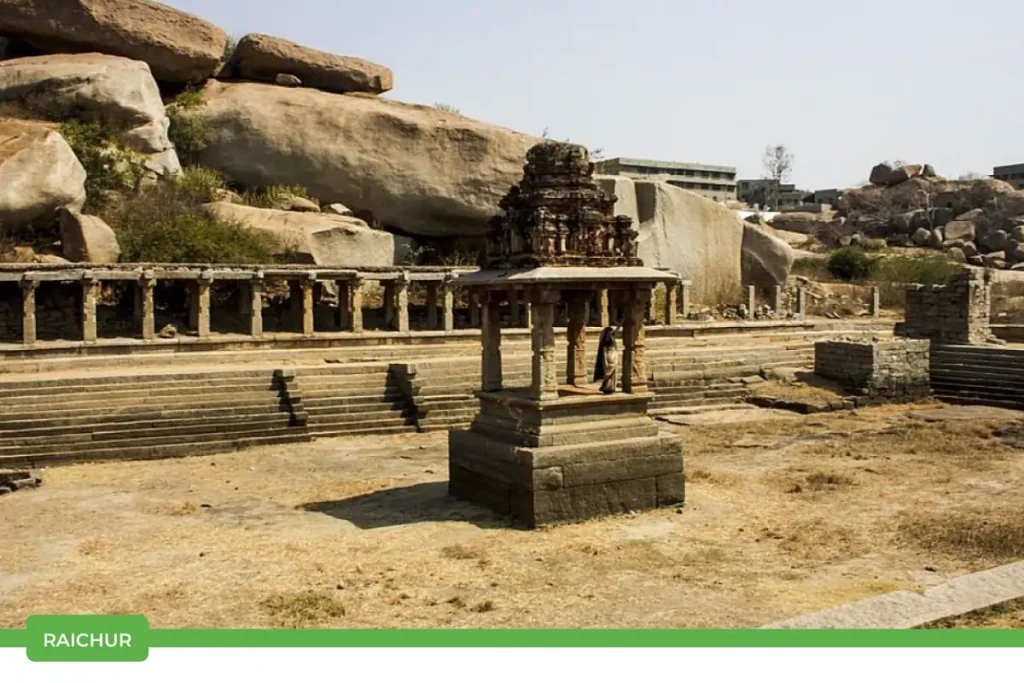
- Raichur, a historic city in Karnataka, is known for its forts, rivers, and peaceful lifestyle. Despite its warm climate, Raichur stands out for having clean and breathable air.
- Recent data shows that Raichur’s PM2.5 level is just 13.9 µg/m³, putting it among India’s least polluted cities. This falls in the ‘Good’ air quality range, making it safe for daily activities and outdoor work.
- The city’s clean air can be credited to low traffic congestion, limited industrial emissions, and the presence of open spaces that help disperse pollutants.
- “India Has Cities with Clean Air” → Living in Raichur is like smoking 0 cigarettes a day. As major cities continue to face pollution problems, Raichur quietly proves that clean air is still possible in India.
4.Koppal, Karnataka
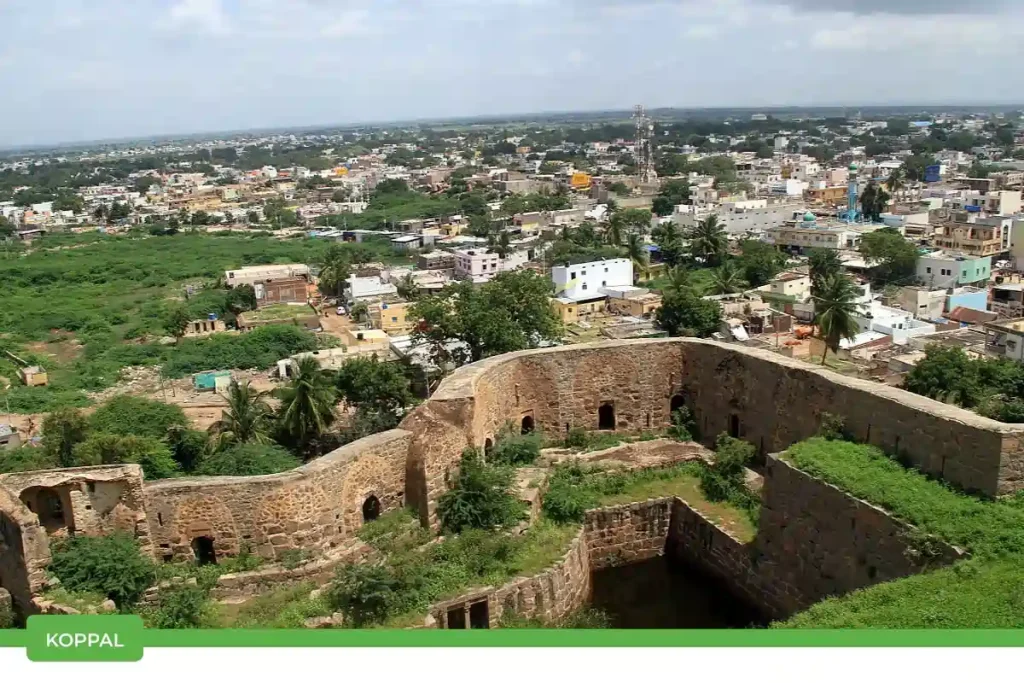
- Koppal, a town rich in history and heritage in Karnataka, is quietly making a name for itself with its clean air. Surrounded by hills and farmlands, Koppal offers a calm and healthy environment.
- Recent data shows that Koppal’s PM2.5 level is 16.3 µg/m³, which is considered ‘Good’ and well below the harmful range. It’s a positive sign for public health and daily outdoor life.
- With fewer industries, less traffic, and natural landscapes, Koppal manages to keep air pollution low. Residents enjoy cleaner air and a better quality of life.
- “India Has Cities with Clean Air” → Breathing Koppal’s air is like smoking 0 cigarettes a day. While big cities struggle with smog, towns like Koppal remind us that clean air is still possible.
5.Gadag, Karnataka

- Gadag, a culturally rich town in Karnataka, is known for its temples, traditions, and now, its clean air. With open spaces and low industrial activity, Gadag offers a healthier, calmer environment for its residents.
- Recent data shows that Gadag’s PM2.5 level is 17 µg/m³, placing it in the ‘Good’ category for air quality. This means the air is safe for breathing and daily outdoor activities.
- Less traffic, minimal pollution sources, and the town’s natural surroundings help keep the air clean and fresh throughout the year.
- “India Has Cities with Clean Air” → Breathing Gadag’s air is like smoking 0 cigarettes a day. As air quality worsens in many places, towns like Gadag show that it’s still possible to enjoy clean, healthy air in India.
6.Thiruvananthapuram, Kerala
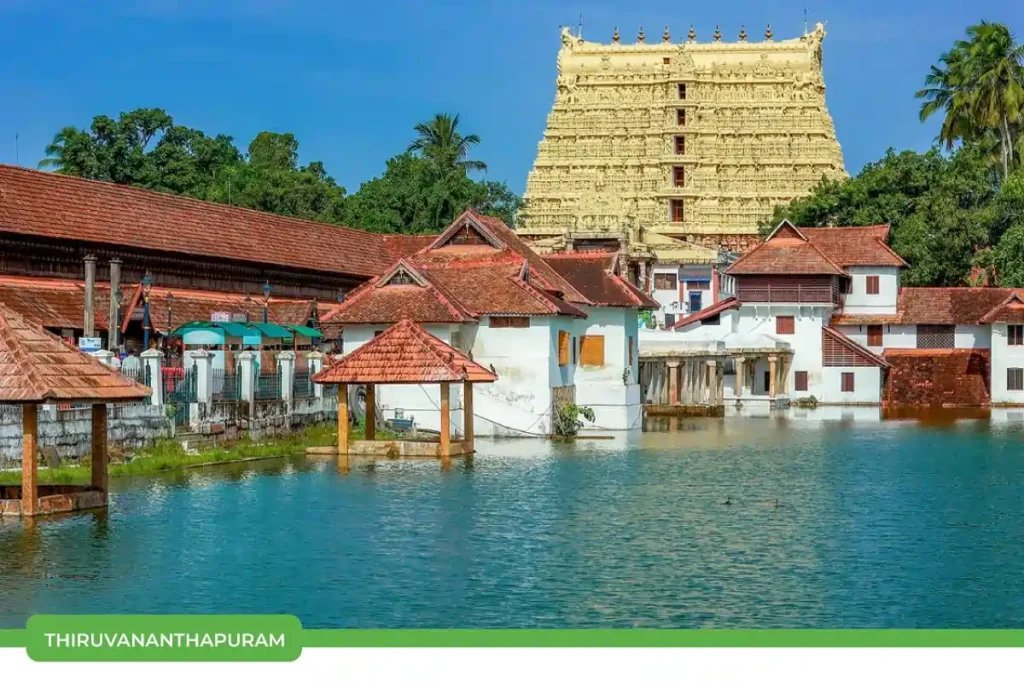
- Thiruvananthapuram, the capital of Kerala, blends coastal charm with green city planning. Known for its beaches, heritage, and laid-back lifestyle, the city also enjoys cleaner air compared to many urban centers.
- Recent data shows PM2.5 levels in Thiruvananthapuram at 17.2 µg/m³, falling in the ‘Good’ range. This makes the air safe for breathing, outdoor activities, and everyday life.
- Thanks to its coastal breeze, green cover, and relatively low industrial emissions, the city maintains healthier air quality throughout the year.
- “India Has Cities with Clean Air” → Breathing the air in Thiruvananthapuram is like smoking 0 cigarettes a day. While many metros fight rising pollution, this southern city shows how nature and planning can keep the air fresh.
7.Madikeri, Karnataka
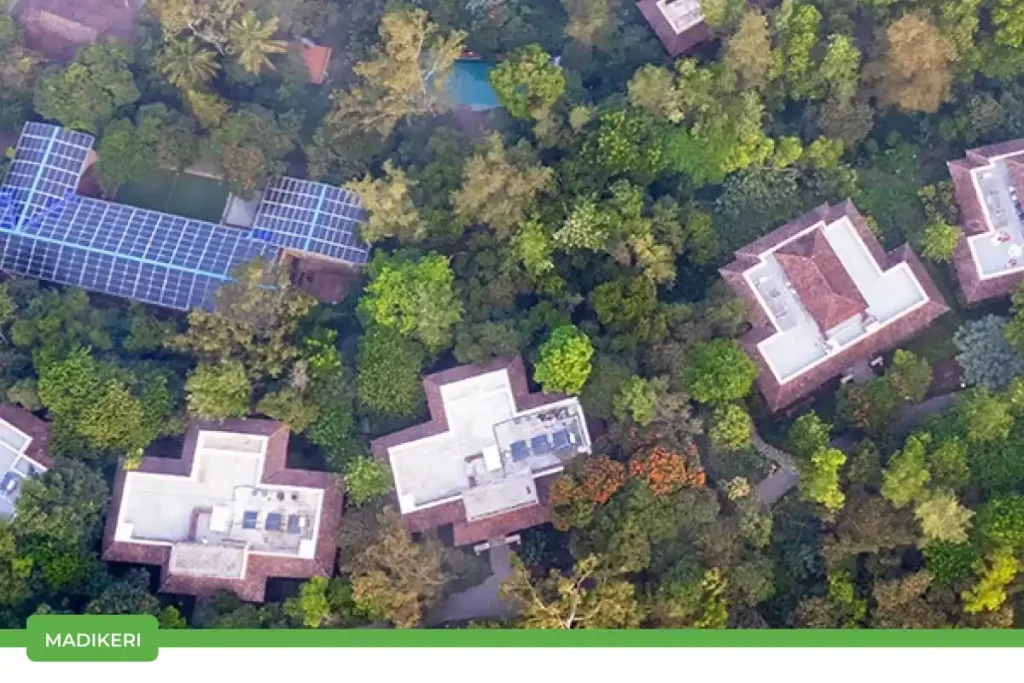
- Madikeri, the heart of Coorg in Karnataka, is known for its coffee plantations, misty hills, and serene environment. Along with scenic beauty, it also offers some of the cleanest air in the country.
- Recent data shows that Madikeri’s PM2.5 level is 18 µg/m³, which falls in the ‘Good’ category. This means the air is safe to breathe and perfect for outdoor activities like trekking, plantation walks, or just relaxing in nature.
- The region’s thick greenery, high elevation, and absence of heavy industry help maintain low pollution levels.
- “India Has Cities with Clean Air” → Breathing in Madikeri’s fresh air is like smoking 0 cigarettes a day. As pollution rises elsewhere, hill towns like Madikeri remind us of the value of clean, natural air.
8.Vijayapura, Karnataka
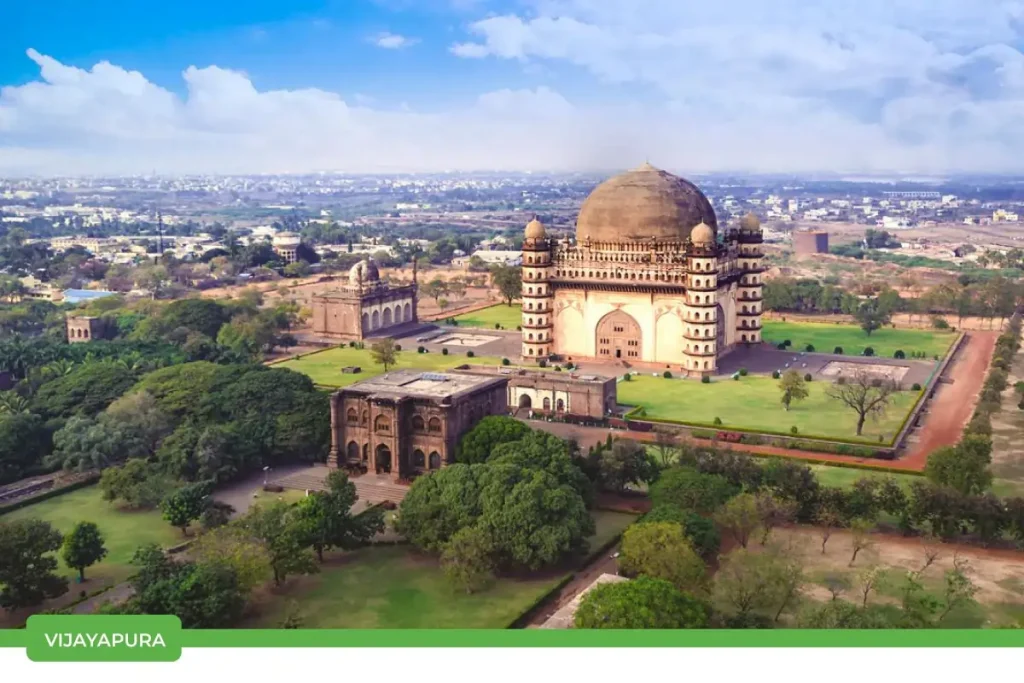
- Vijayapura, known for its historical monuments and heritage, is also gaining attention for its clean air. Despite being a growing city, it maintains healthy air quality year-round.
- Recent data shows Vijayapura’s PM2.5 level at 18 µg/m³, which falls in the ‘Good’ range. This means the air is safe to breathe and ideal for daily life and outdoor activities.
- With open spaces, limited industrial activity, and dry climate conditions, the city keeps pollution in check and supports a healthier environment.
- “India Has Cities with Clean Air” → Breathing the air in Vijayapura is like smoking 0 cigarettes a day. While major metros face rising pollution, cities like Vijayapura quietly lead with better air and a better quality of life.
9.Satna, Madhya Pradesh
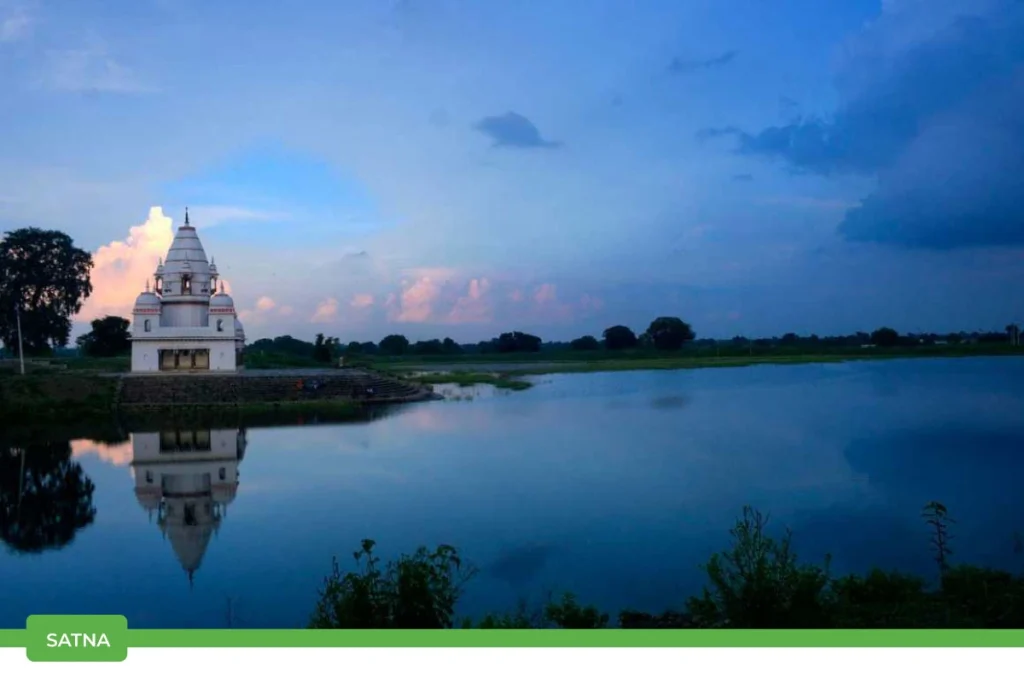
- Satna, a city in Madhya Pradesh known for its cement industries and religious sites, is also making its mark with cleaner air. Despite its industrial presence, the city has managed to keep pollution levels relatively low.
- Recent data shows Satna’s PM2.5 level at 18.4 µg/m³, placing it in the ‘Good’ category. This means the air is safe to breathe and supports a healthier lifestyle for residents.
- Factors like low traffic density in many parts, open spaces, and controlled emissions contribute to better air quality in the region.
- “India Has Cities with Clean Air” → Breathing the air in Satna is like smoking 0 cigarettes a day. It’s proof that even industrial towns, with the right approach, can maintain healthy air.
10.Chamarajanagar, Karnataka

- Chamarajanagar, located at the southern tip of Karnataka, is known for its forested landscapes and calm surroundings. It’s a gateway to several wildlife sanctuaries, and its air is as fresh as its natural beauty.
- Recent data shows Chamarajanagar’s PM2.5 level at 18.6 µg/m³, which falls in the ‘Good’ category. This means the air is clean and safe for daily activities and outdoor living.
- Thanks to its greenery, low industrial activity, and light traffic, the city enjoys consistently clean air throughout the year.
- “India Has Cities with Clean Air” → Breathing the air in Chamarajanagar is like smoking 0 cigarettes a day. While urban pollution keeps rising, places like Chamarajanagar quietly offer a breath of fresh air.
Hey there! The data we’re analyzing was gathered in real-time on June 05th, 2025, through the AQI Bulletin of CPCB and from smart air filters. It’s a snapshot of that specific day, which means the numbers can fluctuate daily. So, while this gives us a solid glimpse into the situation on that particular day, remember that tomorrow’s data might tell a slightly different story. Real-time data can be quite dynamic!
Why Should You Care?
While these cities enjoy relatively cleaner air, none of them meet WHO’s recommended air quality standards. This means that even the best air in India isn’t truly “clean” by global benchmarks. Here’s why this matters:
- Health Impact: Poor air quality can lead to respiratory diseases, cardiovascular issues, and reduced life expectancy. Monitoring and improving air quality is crucial.
- Travel & Relocation: If you’re considering moving or planning a trip, knowing which cities have the cleanest air can help you make an informed decision.
- Policy Influence: Understanding which factors contribute to clean air can help push for better environmental policies in heavily polluted regions.
Conclusion
Finally, None of the cities under analysis had pollution levels below the WHO-recommended threshold, despite the fact that the list of the least polluted cities in India is provided above. Aizawl and Gangtok are the least polluted cities in India. Most of the least polluted cities are located in Karnataka. Moreover, air quality monitoring devices are required to have accurate air quality data in cities. By monitoring air quality data with Oizom devices, which monitor various environmental parameters like air quality, polluting gases, odourous and toxic gases, noise, weather conditions, radiation, etc., using our patented e-breathing technology, Oizom assures the highest accuracy even in extreme environmental conditions. To wrap things up, this blog dives into the top 10 least polluted cities in India. I hope you find these insights helpful and interesting!
FAQs
The Air Quality Index (AQI) is commonly used to quantify air pollution. This considers contaminants such as NO₂, SO₂, CO, O₃, PM2.5, and PM10. To keep tabs on pollution levels, both public and private entities use sensors and air quality monitoring stations.
Heavy traffic, industrial emissions, building dust, and population density all contribute to the high levels of pollution found in major Indian cities like Delhi, Mumbai, and Kolkata. Winter fog is one example of a weather condition that can trap pollutants and deteriorate the quality of the air.
You can check real-time air pollution data on websites and apps like:
- Central Pollution Control Board (CPCB) AQI Dashboard
- SAFAR (System of Air Quality and Weather Forecasting and Research)
- World Air Quality Index (waqi.info)
- AirVisual App


